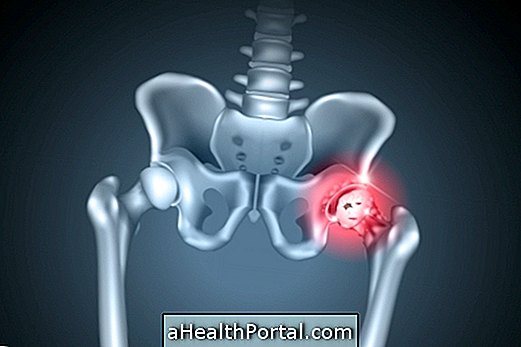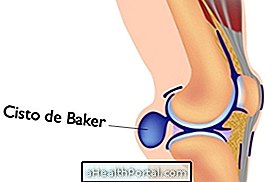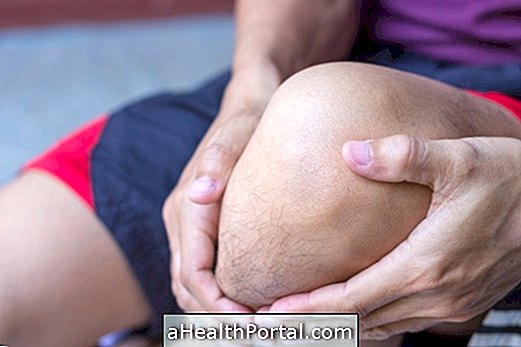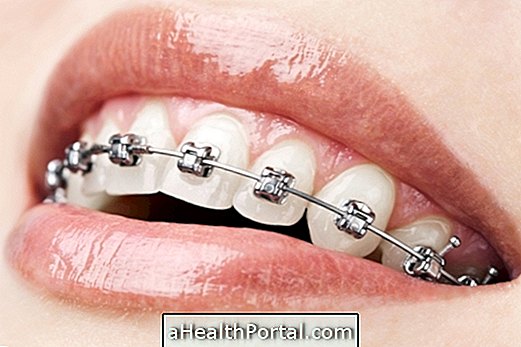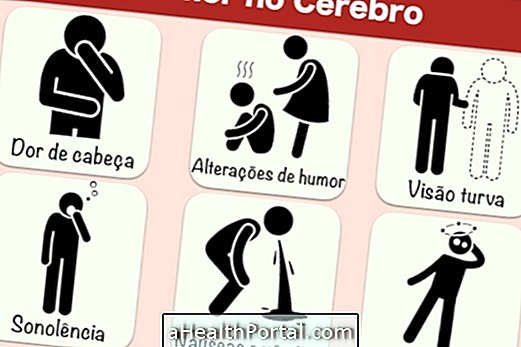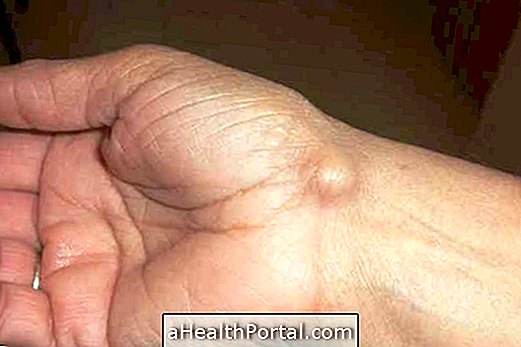Clavicle fracture is a very common problem in athletes. It causes a lot of pain when trying to move the affected arm, swelling and even deformation at the site of the clavicle.
Generally, clavicle fracture is more common in athletes, especially cyclists, but can occur at any age due to falls on the shoulder or due to a direct blow to the clavicle, for example.
The treatment for fracture of the clavicle depends on the type of fracture, but is usually done with the immobilization of the arm without bone, to maintain the stability of the clavicle. In addition, the clavicle fracture is also very common in the baby right after birth, however, it does not require special immobilization because the fracture heals itself.
Here's how to take care of the baby in: How to treat the clavicle fracture in the baby.


Treatment for clavicle fracture
Treatment for clavicle fracture is usually done by immobilizing the affected clavicle arm with an immobilizing sling, for example, to allow the clavicle to remain in the correct location, accelerating the healing of the bone.
Generally, immobilization should be maintained for about 3 months in the case of the adult or up to 2 months in the case of the children, although the recovery time may vary because it is necessary to do physical therapy sessions for 2 or 3 months to recover the movements of the affected arm.
In more severe cases where the clavicle has broken off at various points or been exposed, surgery may be needed to place small metal stabilizers in the bone to fix the small pieces of bone and allow recovery.
How to avoid sequelae of clavicle fracture
Some sequelae, such as nerve damage, the appearance of a callus in the bone or the delay in healing, can be avoided when the bone is properly immobilized, so some good recovery tips include:
- Avoid activities that can move the arm for 2 weeks, such as walking fast or running;
- Avoid driving during the first 3 weeks;
- Always use the arm immobilization recommended by the orthopaedist, especially during the day;
- Sleeping belly up with immobilization, if possible, or sleeping with the arm along the body and supported by pillow;
- Wear clothes that are wider and easier to wear, as are shoes without laces.
In addition, to reduce pain during recovery, your doctor may prescribe analgesics, such as Paracetamol or Dipyrone Sodium, which should be used when strong pain develops.
Learn more about the types of treatment available for fractures in:
- Treatment for fracture

